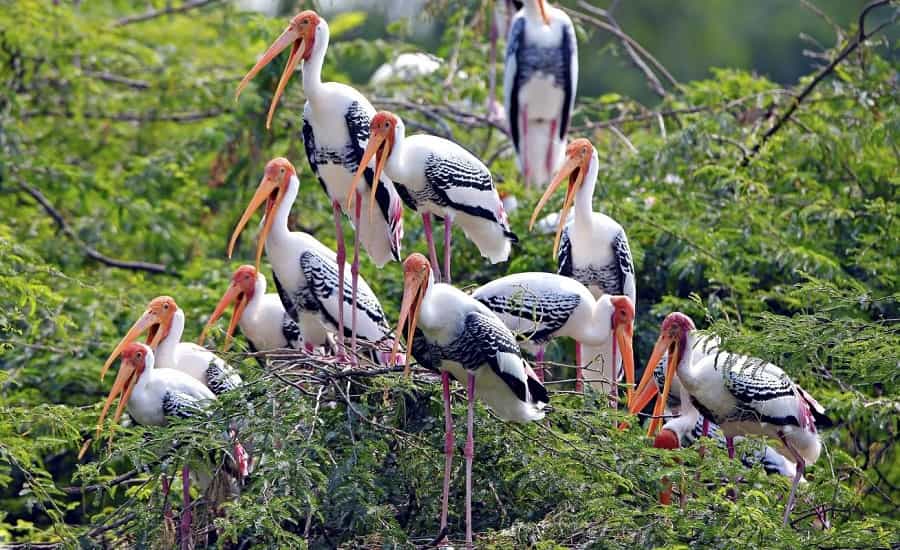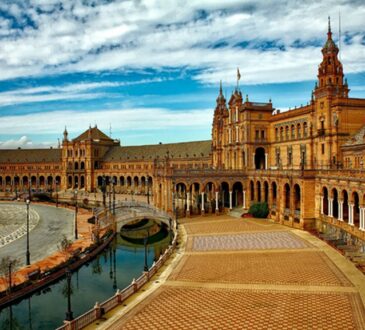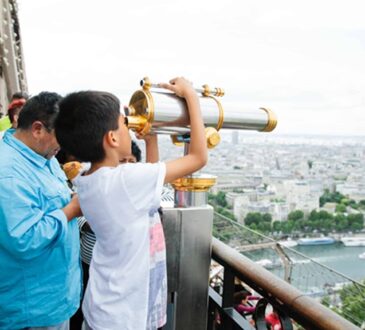How Tourists Can Contribute Towards Protecting Endangered Plants and Animals in The National Park?

National parks are popular tourist areas due to their natural beauty, outdoor recreational opportunities, biodiversity and wildlife, cultural and historical significance, educational and interpretive programs, and conservation and sustainability efforts.
The Global Alliance of National Parks seeks to unite national park management, tourism professionals, conservation groups, and the global community for the purpose of protecting the natural resources found in the world’s national parks.
National parks are often home to diverse ecosystems that support a wide range of plant and animal species, including many rare or endangered species. Numerous endangered species are at risk of extinction due to various factors such as habitat loss, climate change, pollution, poaching, and other human activities.
Some of the endangered plants and animal species include:
- Some rare animal species at risk for extinction include Amur Leopard, Black Rhino, Cross River Gorilla, Hawksbill Turtle, Javan Rhino, Mountain Gorilla Sumatran Elephant, and the Sumatran Orangutan.
- Some rare plant species at risk for extinction include Ghost Orchid, Kauaʻi ʻōʻō, Rocky Mountain Monkey Flower, Florida Torreya, and Haleakalā Silversword.
Tourists can play a crucial role in protecting endangered plant and animal species at national parks by following responsible and sustainable tourism practices.
Here are some ways tourists can contribute:
-
Follow Park Regulations
National parks have rules and regulations in place to protect the delicate ecosystems and endangered species that inhabit them. Tourists need to familiarize themselves with these regulations and strictly adhere to them. This includes staying on designated trails, not feeding wildlife, not picking plants, and not disturbing or harassing animals.
-
Respect Wildlife
Observing wildlife from a safe distance is essential for their protection. Tourists should never approach, chase, or feed wildlife, as it can cause stress and harm to the animals, disrupt their natural behaviors, and even spread diseases. It’s important to remember that these animals are wild and need to be treated with respect and kept at a safe distance.
-
Practice Leave No Trace
Following the principles of Leave No Trace, such as packing out trash, avoiding littering, and minimizing the impact on the environment, helps protect the natural habitat of endangered plant and animal species. By leaving the park as you found it, you can help prevent pollution and habitat degradation.
-
Educate Yourself
Learn about the endangered plant and animal species that exist in the national park you are visiting. Educate yourself about their habits, habitat, and conservation status. Understanding the challenges they face and the importance of their conservation will help you make informed decisions and take responsible actions.
-
Support Sustainable Tourism
Choose tour operators and accommodations that prioritize sustainability and responsible tourism practices. Look for certifications such as eco-tourism certifications or partnerships with conservation organizations. Avoid activities that may harm the environment or endangered species, such as off-road driving, excessive noise, or using single-use plastics.
-
Reduce Your Carbon Footprint
Climate change is a significant threat to many endangered species. Tourists can help by reducing their carbon footprint through actions such as using public transportation, conserving energy, and minimizing waste. This helps reduce greenhouse gas emissions that contribute to climate change and its impacts on wildlife and their habitats.
Dr. Phillip Imler, President of the GANP, stated that “By following these practices, tourists can contribute to the protection and conservation of endangered flora and fauna species.” Helping to ensure that these natural treasures are preserved for future generations is needed by every one of us. “Remember, responsible tourism is essential in protecting our fragile ecosystems and the endangered species that call them home,” Imler added.


